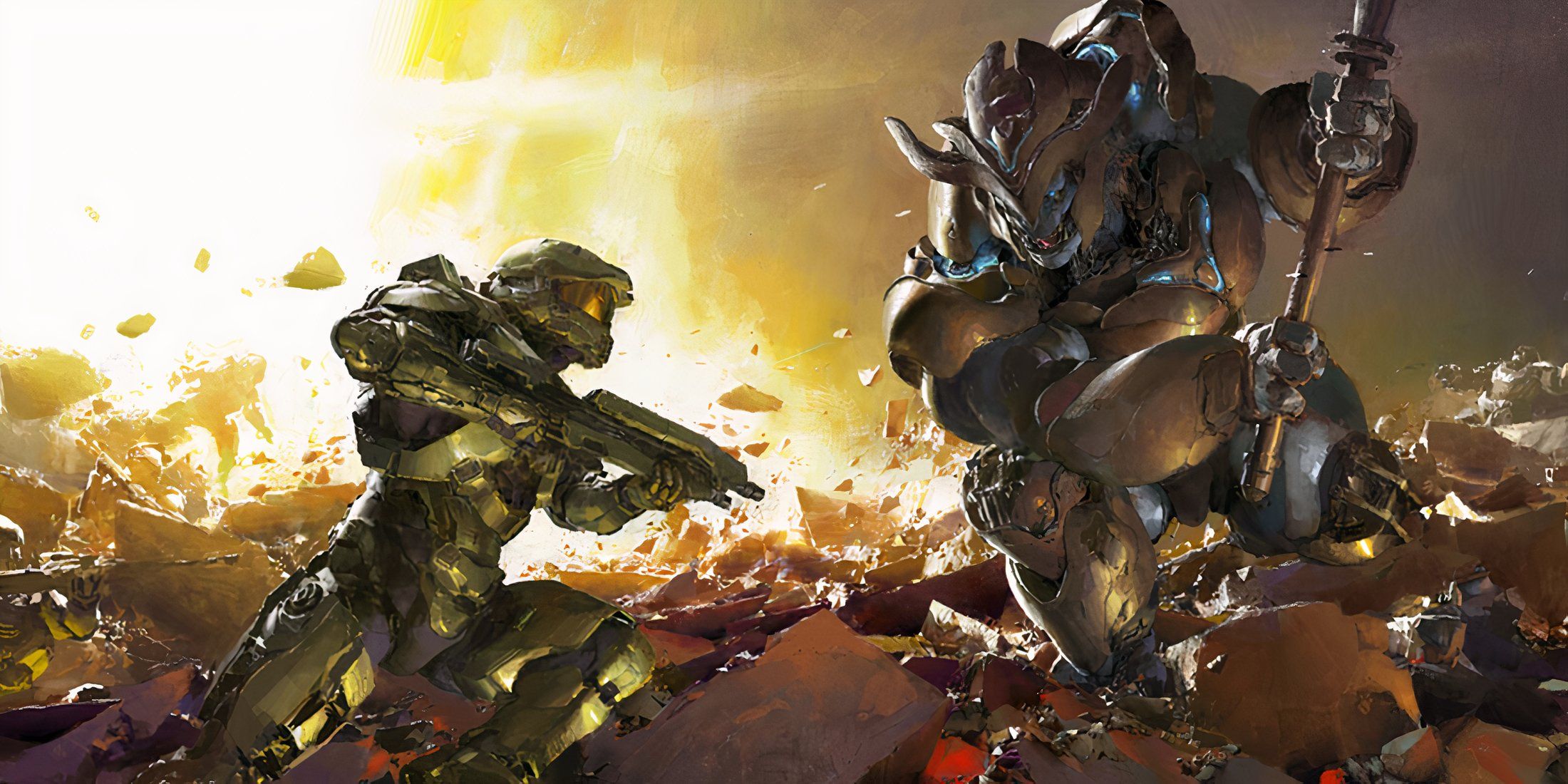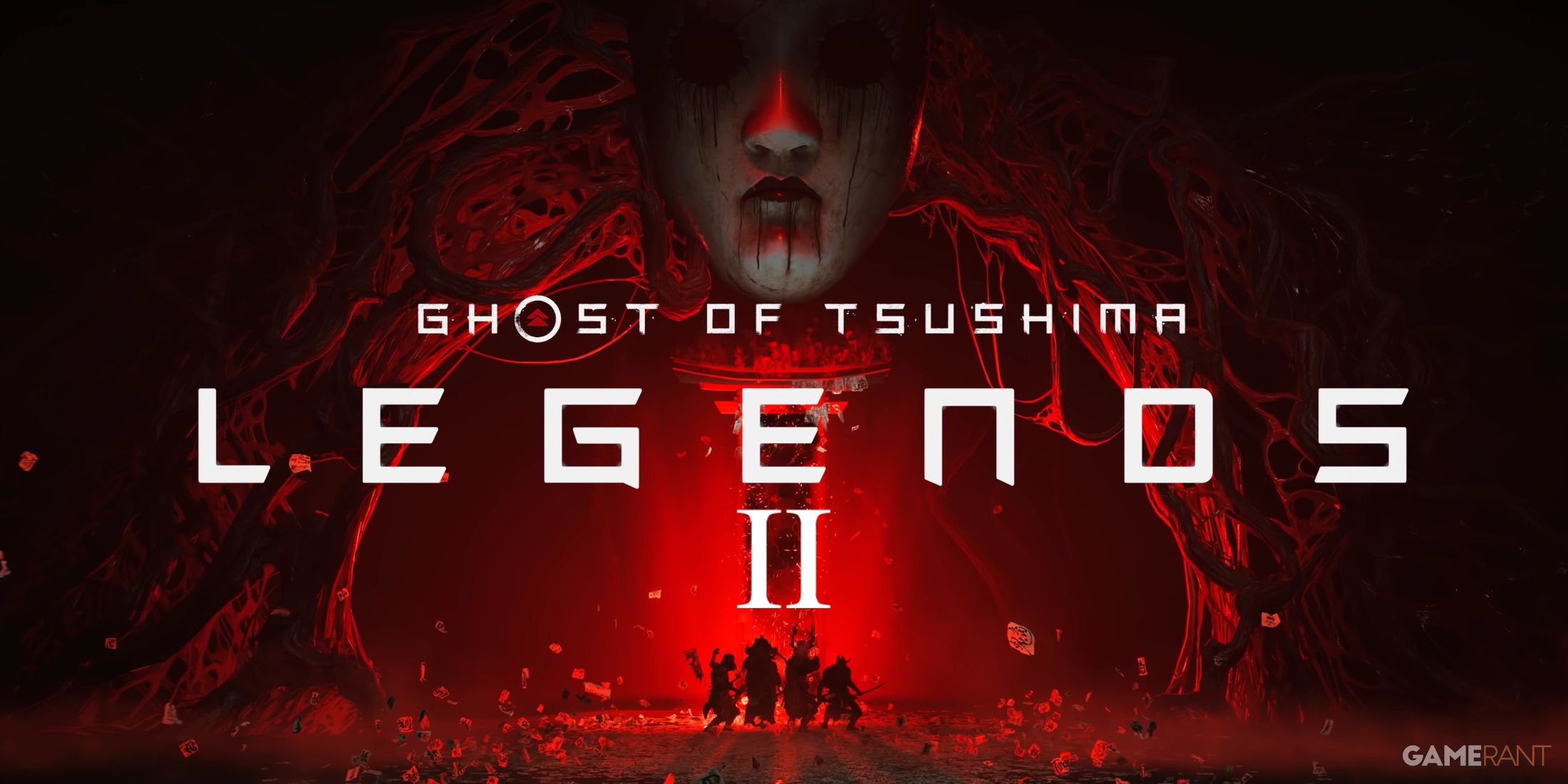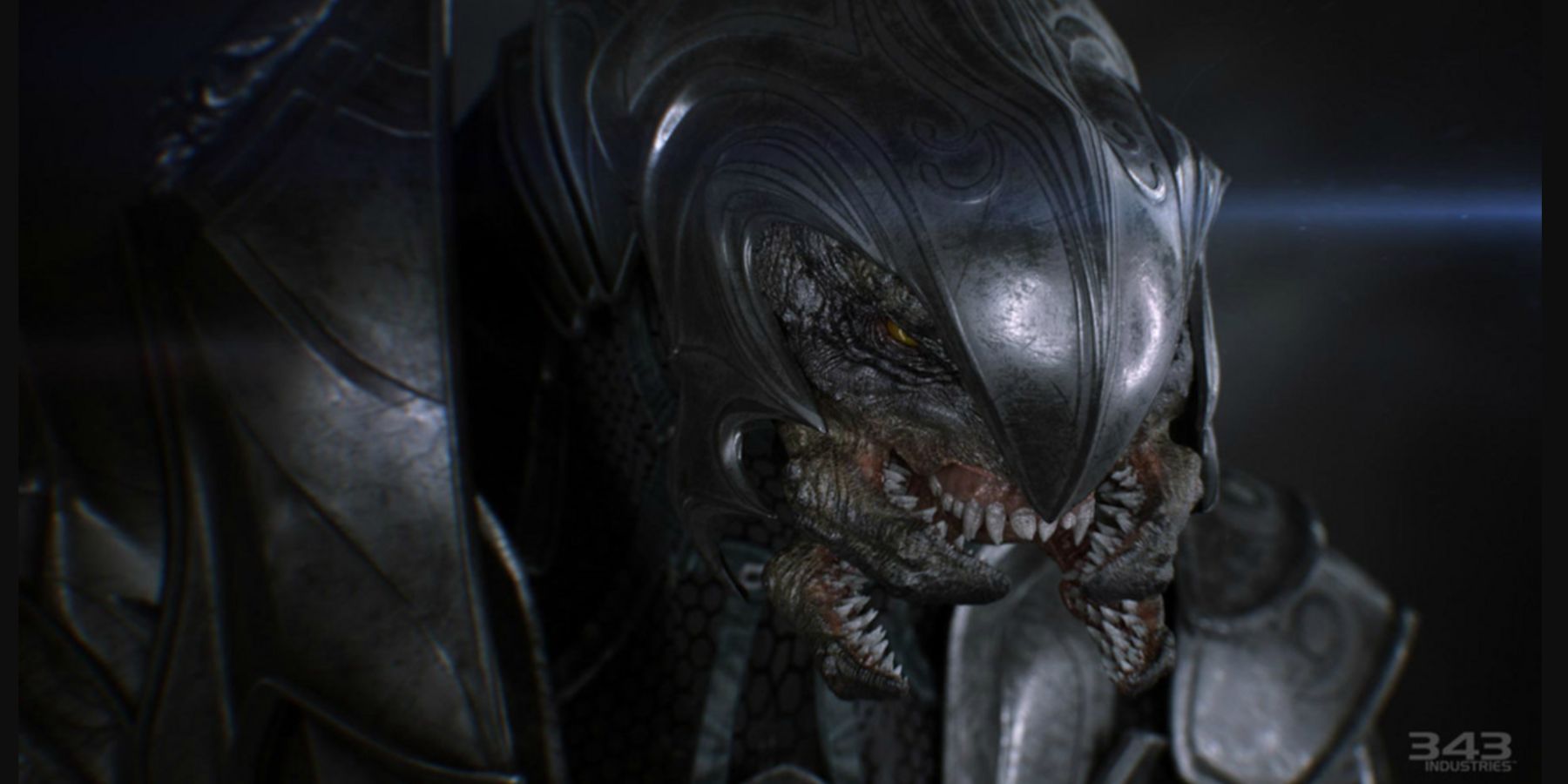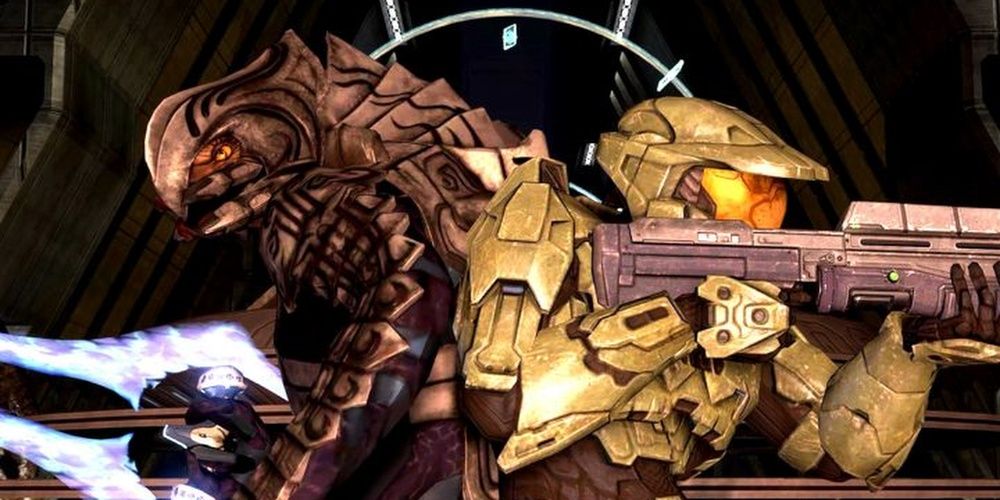In 2021, Halo Infinite took players back to one of the titular ring worlds. Many had hoped that in taking the franchise back toward a look and feel that was lost somewhere between Bungie and 343 Industries, Master Chief might buddy up with another Arbiter-like companion, if not bring back the Arbiter himself. While Halo Infinite mostly left the player alone, save for their new artificial friend and the occasional inclusion of UNSC pilot Esparza, there is still a chance that future Halo games will offer Chief the opportunity to learn from the source of the alien culture he finds himself steeped in.
Introduced in Halo 2, the Arbiter surprised players who rightfully assumed the game would focus on the iconic Master Chief. The game switches between the two every other chapter, and the story which unfolds from the Arbiter's perspective exposed players to the inner-workings of what was previously a largely one-dimensional alien force. Disgraced by his failure to prevent Master Chief's destruction of the ring in Halo: Combat Evolved, Thel 'Vadam dons his ceremonial armor as atonement. What players experience across the Arbiter's chapters is a tale of alien politics, religious subjugation, and civil war. Halo 2 gave the alien races proper names, societal structure, and a reason to have banded together under the Covenant. While the Arbiter had no personal chapters in Halo 3, it serves to conclude his and his fellow Sangheili's story of secession from the alien theocracy. Halo would later explore different species and perspectives, but there was something special about the way the Arbiter involved players in the Covenant's work.
The Arbiter Made a Lesson of Halo 2 and Halo 3
The Arbiter's arc across Halo 2 and Halo 3 tells an excellent tale, and his presence as a companion forces Chief and the player to reevaluate their previous assumptions about the Covenant's various factions. Halo 2 showed players how the Prophets rule over their allied forces with an iron fist and the very real and difficult lives of the individual factions; especially those at the bottom of society and those with the greatest responsibility. It fleshes the Covenant out in a way that justifies their presence around the halos, makes players pity the lesser Grunts, and develops the Brutes into a fearful foe.
The Arbiter's service to the franchise in both narrative and gameplay is solid, but has not been replicated since. Additionally, 343 Guilty Spark makes appearances in all the first three games to explain the purpose of the installations, their creators, and the Flood. His intermittent support is another great example of how alien companions can develop player knowledge in a way that enemies and human-made AI simply can't, though there is still something to be said about the potential of human characters in Halo.
Halo Infinite marks the third entry in Chief's saga since Halo 3, and the franchise has mostly left him to his own devices. Halo Infinite does feature a human pilot who, while not present from end-to-end as the Arbiter, works as a pseudo-companion with some interesting development. There are a slew of important characters and a new AI replaces Cortana, none of which is new to the franchise, but having exposition delivered via the monologue of a major boss or through recordings isn't as impactful as striking the hideout of a small Covenant force that dared to defy the Covenant by exposing their false religion. There is even an Arbiter easter egg in Infinite as homage.
Whether the next Halo is another entry in Master Chief's story or something else entirely, future games should include companions or playable characters from alien planets. Perhaps Halo can further develop the Banished in a similar way. It could make for interesting drama in the same way that the Arbiter's campaign unveiled the Covenant's complexities as it endured raging inner-turmoil, bringing a unique depth to Halo.




